Abdominal muscles: Anatomy, Function, Exercise
Table of Contents
What is abdominal muscles?
The abdominal muscles form the anterior & lateral abdominal wall & consist of the external abdominal obliques, the internal abdominal obliques, the rectus abdominis & the transversus abdominis. Acting together these muscles form a firm wall that protects the viscera & they help to maintain erect posture. In addition the contraction of these muscles helps in expiration & to increase the intra-abdominal pressure such as in sneezing, coughing, micturating, defecating, lifting & childbirth.
Anatomy:
Any muscles of the anterolateral walls of abdominal cavity composed of three flat muscular sheets, from without inward:
external & internal oblique, transverse abdominis & supplemented in front on each side of the midline by rectus abdominis.
1.External oblique muscle:
Origin:

The muscle originates as eight fleshy slips from the outer surfaces of the middle of the shaft of the lower 8th ribs. The fibers of this muscle run downwards, forwards & medially.
Insertion:
The upper fibers of the muscle end in a broad aponeurosis through which they inserted from above downwards into the xiphoid process, linea alba, pubic symphysis, pubic crest & the pectineal line of the pubis & lower fibers of the muscle are inserted directly into the anterior 2/3 of the outer lip of the iliac crest.
Nerve supply:
Muscle supplied by lower six thoracic nerves.
Action:
The action of this muscle are:
- act for the support of abdominal viscera.
- helps in expulsive acts like micturation, dafaecaton, parturition, vomiting,etc.
- helps in producing forceful expiration like in coughing, sneezing, blowing, shouting, etc.
- helps in trunk movement mainly rotation.
2.Internal oblique muscle:

Origin:
The muscle originates from;
a. The lateral 2/3 of the inguinal ligament.
b. The anterior 2/3 of the intermediate area of the iliac crest.
c. The thoracolumbar fascia.
The muscle fibers then run upwards, forwards & medially crossing the fibers of the external oblique muscle at right angle.
Insertion:
The uppermost fibers are directly inserted into the lower 3 or 4 ribs & their cartilages.
The greater part of the muscle ends in aponeurosis through which it is inserted into 7th, 8th & 9th costal cartilages, the xiphoid process, linea alba, pubic crest & the pectineal line of the pubis.
Nerve supply:
Muscle supplied by lower six thoracic nerves & the first lumbar nerve.
Action:
The action of this muscle are :
- act for the support of abdominal viscera.
- helps in expulsive acts such as micturation, dafaecaton, parturition, vomiting, etc.
- helps in producing forceful expiration like in coughing, bowling, sneezing, shouting, etc.
- helps in trunk movement mainly in rotation.
3.Transverse abdominis muscle:

Origin :
The muscle origins from:
a. The lateral 1/3 of the inguinal ligament.
b. The anterior 2/3 of inner lip of the iliac crest.
c. The thoracolumbar fascia.
d. The inner surface of the lower six costal cartilages.
Insertion:
The fibers end in broad aponeurosis which is inserted into the xiphoid process, the linea alba, the pubic crest, & the pectineal line of pubis.
The lower fibers of the muscle fuse with the lowest fibers of an internal oblique to form the conjoint tendon.
Nerve supply:
Muscle supplied by lower six thoracic nerves & the first lumbar nerve.
Action:
The action of this muscle are :
- act fot the support of abdominal viscera.
- helps in expulsive acts such as micturation, dafaecaton, parturition, vomiting etc.
- helps in producing forceful expiration like in coughing, sneezing, blowing, shouting, etc.
- helps in trunk movement mainly in rotation.
4.Rectus abdominis muscle:

Origin:
The muscle originates as two tendinous head,
a) Medial head from the anterior pubic ligament.
b) Lateral head from the lateral part of the pubic crest
Insertion:
The muscle inserts on the front of the wall of the thorax along a horizontal line passing laterally from the xiphoid process & 7th, 6th & 5th costal cartilages.
Nerve supply:
Muscle supplied by the lower 6 or 7 thoracic nerves.
Action:
The action of this muscle are :
- act for the support of abdominal viscera.
- helps in expulsive acts like micturation, dafaecaton, parturition & vomiting etc.
- helps in producing forceful expiration like in coughing, sneezing, blowing, shouting, etc.
- helps in trunk movement mainly in the trunk rotation & flexion.
Abdominal muscle function
The abdominal muscles are the muscles which forming abdominal walls and the abdomen being the portion of the trunk connecting the thorax & pelvis. An wall is made of skin, fascia, muscle which encases the abdominal cavity & viscera.
The major functions of the abdominal wall include: Providing a durable & flexible covering to prevent the abdominal viscera from leaving the abdominal cavity. Protecting internal abdominal organs from trauma or injury. Maintaining the anatomical position of the abdominal organs.
The ab muscles support the trunk, allow movement, hold organs in place & are distensible having the ability accommodate dynamic changes in volume of the abdominal contents.
The deep abdominal muscles & intrinsic back muscles, make up the core muscles & help keep the body stable, balanced, & protects the spine.
During inspiration, the diaphragm contracts strongly which causing a large expansion of the thorax vertically. At the same time, intra-abdominal pressure increases & causes abdomen to bulge.
During expiration, the diaphragm relaxes & the abdominal muscles contract, causing the abdomen to flatten out.
Diaphragmatic or abdominal breathing is the normal pattern of breathing at rest in which the abdomen protrudes as the diaphragm is lowered. It is done by contracting the diaphragm, a muscle located horizontally between the chest cavity & stomach cavity.
Clinical importance of Abdominal muscles
Abdominal issues:
Causes of abdominal strains which include overstretching, overuse or a violent, poorly performed movement of the trunk, improper technique while playing sports that need running, turning, & jumping, lifting heavy objects, laughing, coughing, or sneezing.
Rectus diastasis could be a stretching of the linea alba with abnormal widening of the gap between the 2 medial sides of the rectus abdominis muscle, often seen during pregnancy, or post-menopausal women.
A Hernia occurs when there’s a weakness or hole within the muscular wall that sometimes keeps abdominal organs in situ.
Strengthening exercises for abdominal muscles:
Make sure to take a 30 second break between each ab exercise, stretch after the workout, & drink plenty of water.
1.Warm Up: High Knees (20 reps, 10 each side)

knee towards the chest then switch knees with a light hop.
Move your arms by the side of your body for balance.
2.Pilates (Hold for 10 Seconds)

Lay on your back & lift your shoulders off the floor while placing your hands next to your hip. Lift your feet up & hold.
Make sure your back touches the floor. If your back bows then raise your legs higher for a rounder back. Keep your legs straight.
3.Russian Twist (10 reps, 5 each side)
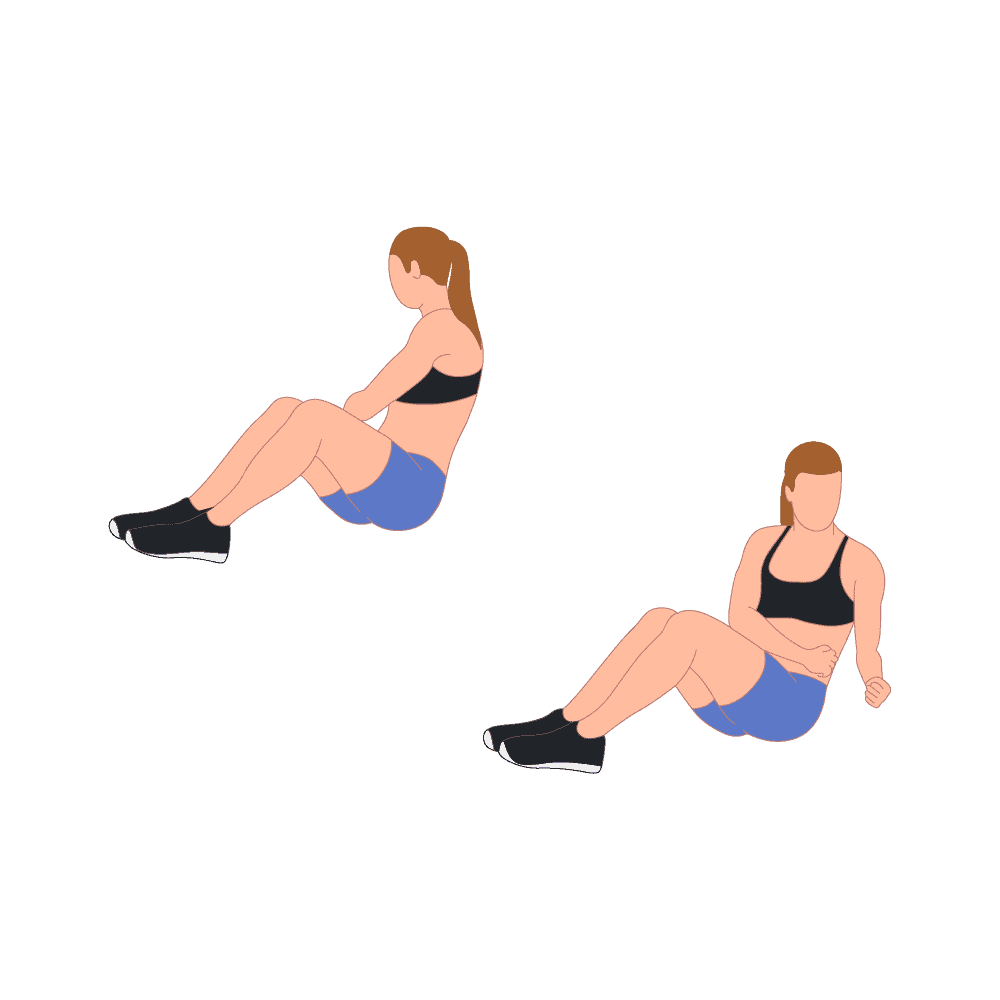
Sit on the floor in a V position & keep your knees bent then move your fists together in front of your belly, then move them together hip to hip.
Try to move them as far to the side & down next to your hip as possible. If it’s too easy, lean back further.
4.Windshield Wipers (10 reps, 5 each side)

Lie on back & stretch your arms in a 90 degree away from your body then pull in your legs by making a 90 degree angle with your legs.
Then rock them side to side like a windshield wiper, making sure not to lift the shoulders off from the floor.
5.Single-Leg Jack Knife (10 reps, 5 each side)
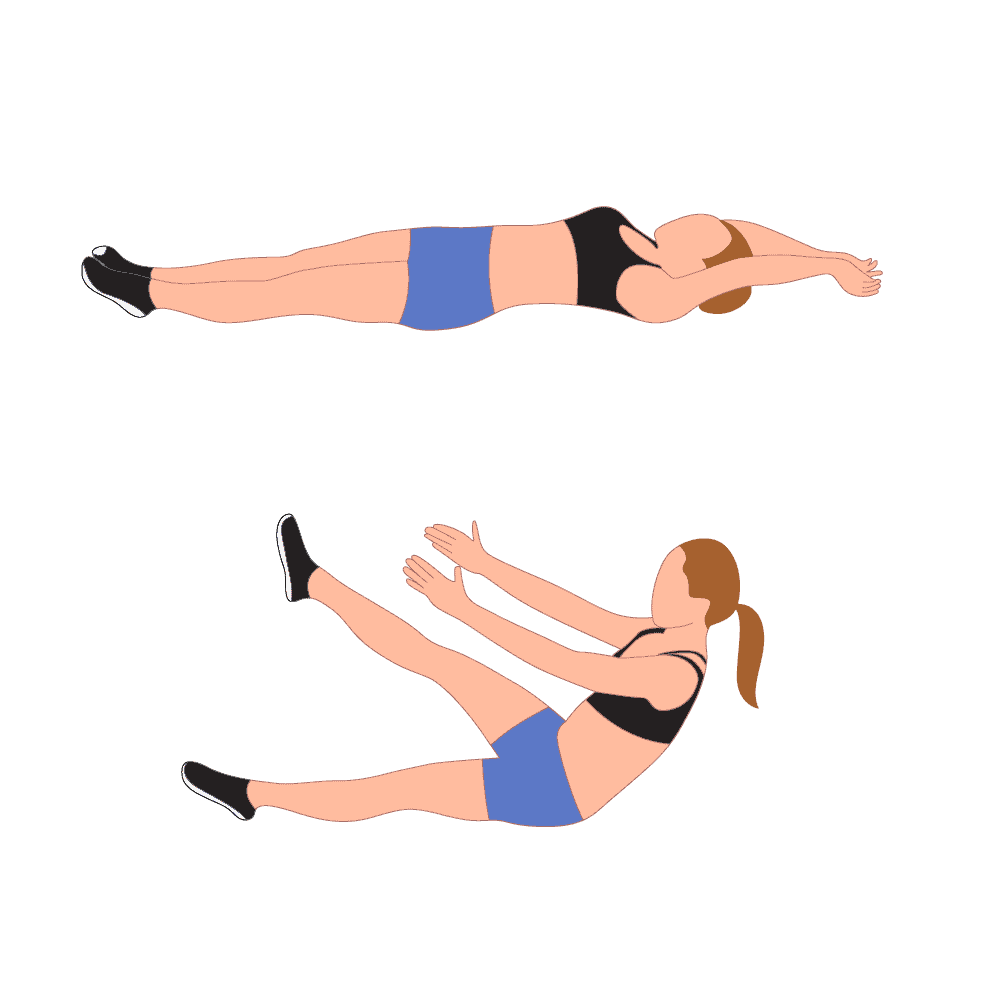
Lie on your back & stretch your arms above your head. Then lift one leg up & reach your hands toward your foot at the same time.
Make sure legs & arms stay straight and your upper body is completely lifted off the floor then slowly lower your body back down to the starting position then switch the legs.
6.Plank (20 seconds)

Start on your toes & hands or elbows and keep your body straight like a board. Your feet should be hip width apart & your hands or elbows shoulder width.
Hold this position. Make sure your hips is not drop too low or rise too high.
7.Flutter-Kicks (20 seconds or 20 reps, 10 each side)

Lie on your back & place your arms next to your body (straight). Lift both legs & keep them straight while moving them up & down the opposite way.
If there is a gap between the floor & your back, raise your upper body to round out your back. You can then lean on your elbow & place them next to your body to holding the weight.
8.Bicycle Crunch (10 reps, 5 each side)
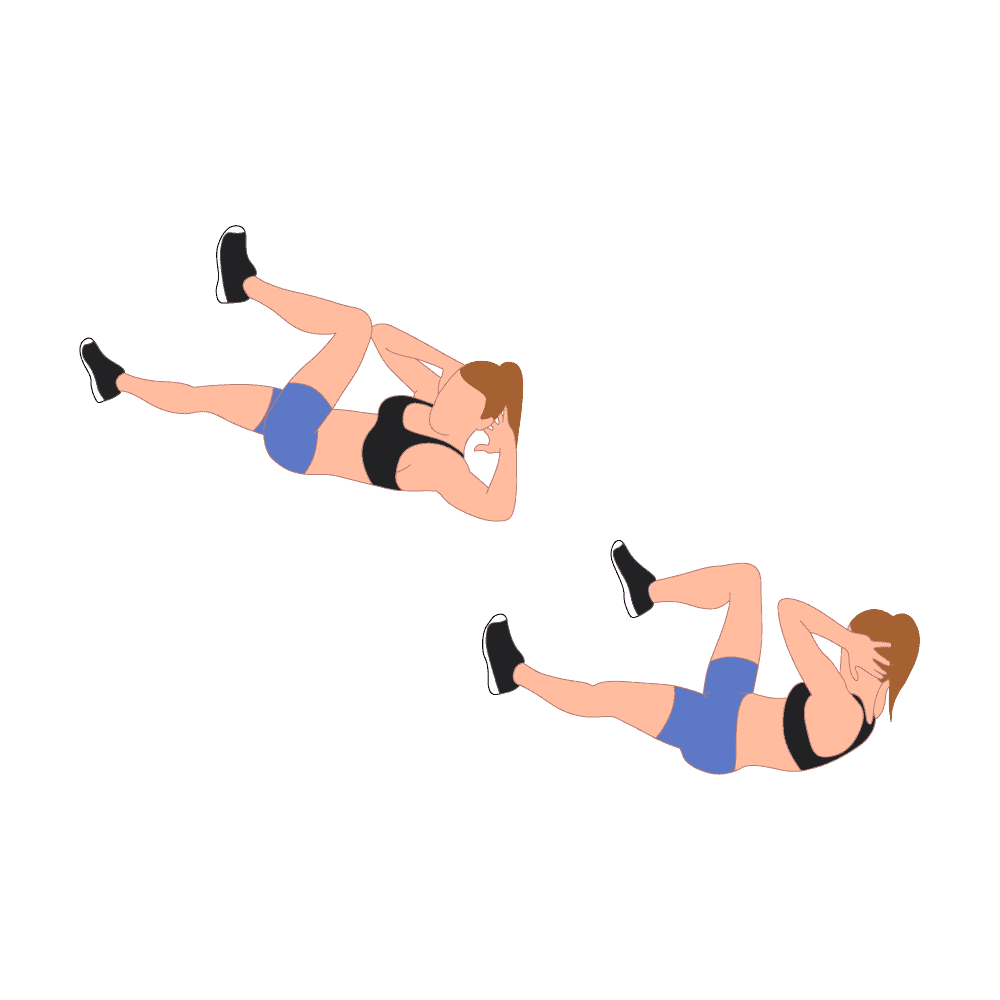
Lie on the floor & place your hand behind your head. Open up your elbows & move the left elbow towards the right knee while twisting your core. Lift the leg in a 90 degree towards your elbow.
Move back into the starting position then switch the sides. Don’t pull on your head & be sure to keep your elbows open. You are not suppose to see your elbow in the front of you.
Stretching exercise of abdominal muscle:
1.High cobra stretch:

Lie on the stomach on a mat.
Place the hands under the underarm creases and bend the elbows against the skeletal structure.
Inhale joined straighten the elbows and lift the face, front of the shoulders and chest up off the bottom.
The back bends into an arch. Hold for five to 10 full breaths.
Gently lower back to the mat.
Repeat as again and again as is desired.
2.Standing oblique stretch:

Stand with both the feet planted on the ground about hip-distance apart.
Reach both arms up overhead. Hold the left wrist with the proper hand and gently bend to the proper side.
Hold for five to 10 breaths & return to center.
Repeat on the left side by grabbing the proper wrist with the left and gently leaning left.
3.Stability ball stretch:

Use an outsized, stability ball to elongate all the muscles of the abdomen.
Sit on a stability ball. Ensure it’s the correct size by noting that the knees form a 90-degree angle jointly sits.
Walk the feet forward and lie back on the ball until the rear arches over the sphere.
Open the arms and relax the top, neck and shoulders.
Keep both the knees bent collectively lie back, or for greater intensity, stretch the legs long.
Hold for five or more breaths.
Slowly walk keep a copy to seated to exit the stretch.

4.Seated rotation:
Sit down on a chair with the spine straight.
Rotate the body to 1 side and hold the position.
One can use the chair to assist hold the position.
Hold the stretch for 20-30 seconds.
Don’t push yourself into pain.

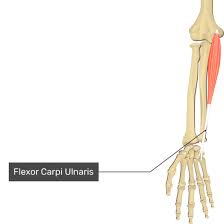
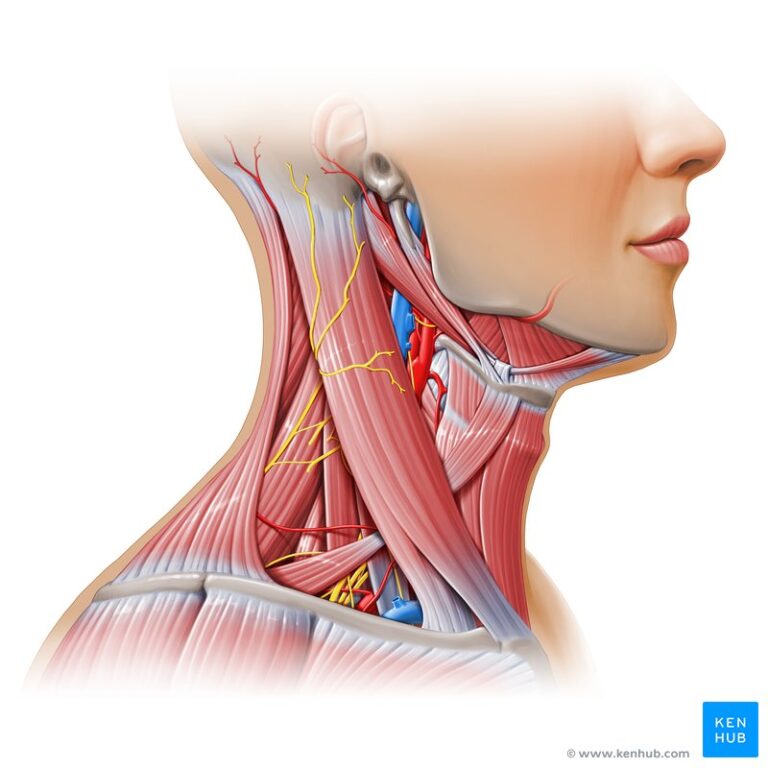

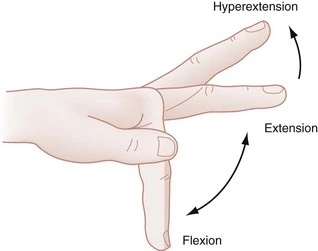
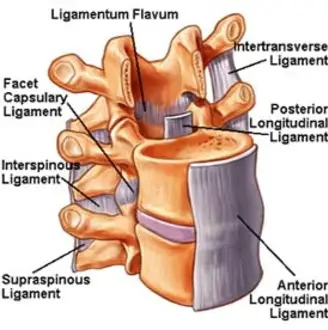
71 Comments